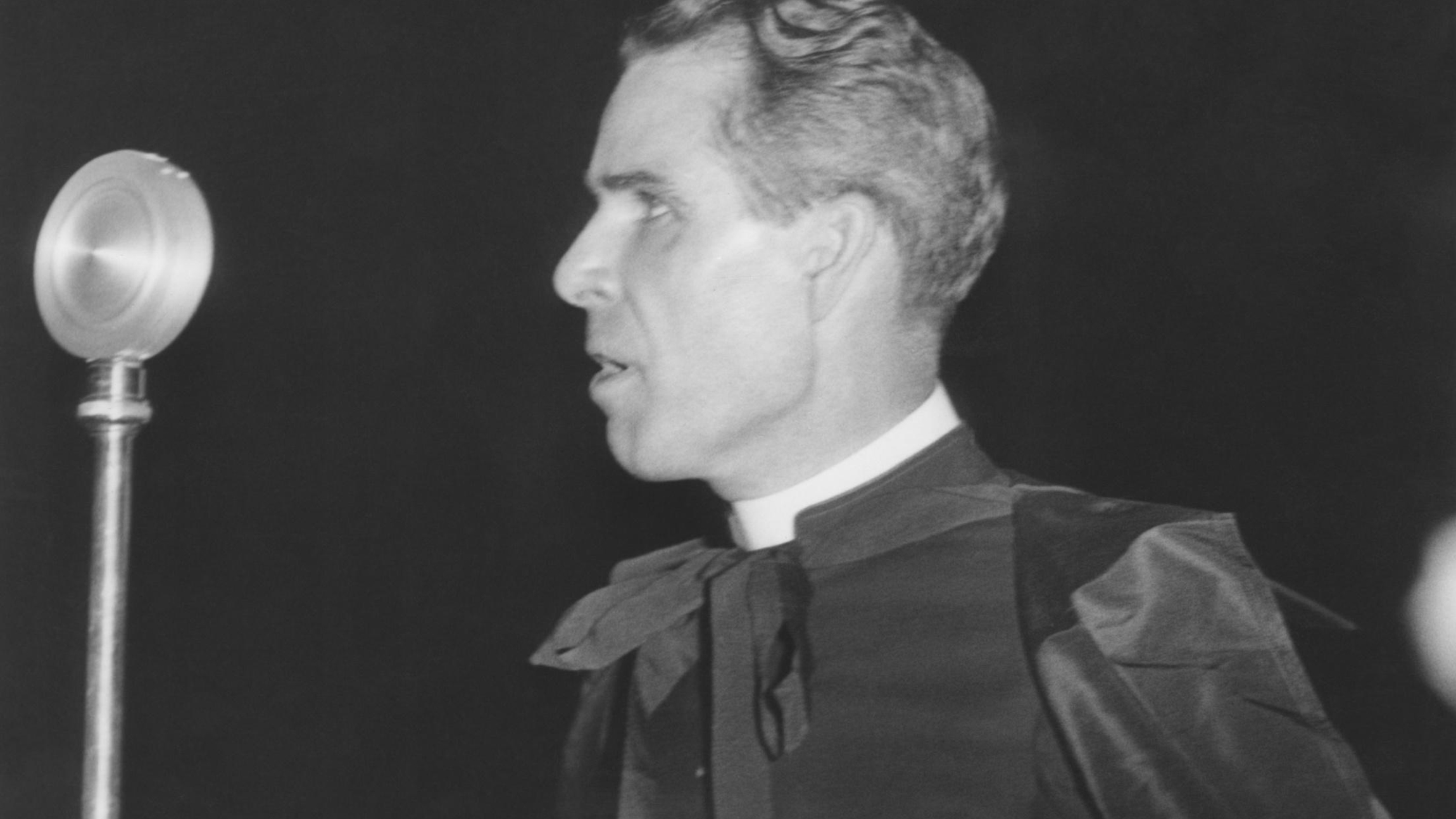By far one of the most underrated documents that was produced by the Second Vatican Council was Inter Mirifica, the Decree on the Media of Social Communications, promulgated by Pope St. Paul VI on December 4, 1963. The document begins by stating that media communications are not inherently evil—they can be used for either good or evil. It names a few of these means, including radio, movies, and the press. Today, we could add such things as podcasts and social media like Twitter and Facebook.
Continuing, it points out that the Church has been given the task of preaching the Gospel to everyone. The third section states:
The Catholic Church, since it was founded by Christ our Lord to bear salvation to all men and thus is obliged to preach the Gospel, considers it one of its duties to announce the Good News of salvation also with the help of the media of social communication and to instruct men in their proper use.
It is, therefore, an inherent right of the Church to have at its disposal and to employ any of these media insofar as they are necessary or useful for the instruction of Christians and all its efforts for the welfare of souls. It is the duty of Pastors to instruct and guide the faithful so that they, with the help of these same media, may further the salvation and perfection of themselves and of the entire human family. In addition, the laity especially must strive to instill a human and Christian spirit into these media, so that they may fully measure up to the great expectations of mankind and to God’s design.
Before ascending into heaven, Christ commanded his Apostles to “go into all the world and proclaim the gospel to the whole creation” (Mark 16:15). Of course, social media can reach thousands of people very easily and is, therefore, a valuable resource in the Church’s mission of evangelization and catechesis.

There is one man in the Church who was far ahead of Inter Mirifica in using media as a way to preach the Gospel: Fulton J. Sheen. Sheen began his media career as host of The Catholic Hour radio show, which was produced by the National Council of Catholic Men and aired on NBC. He held this position for twenty years, from 1930–1950. Sheen often dealt with the moral problems going on in the world and offered advice and comforting words to the many people who tuned in to listen to him. His preaching was especially pertinent during World War II.
On July 8, 1941, a documentary titled “The Story of the Vatican” appeared, which was written and narrated by Sheen. Sheen offered a captivating history of Rome, the Vatican, and a brief life of Pope Pius XII. RKO Radio Pictures produced it. The studio was famous for producing King Kong in 1933 and Orson Welles’ Citizen Kane in 1941. Later on, the studio would go on to produce It’s A Wonderful Life (1946).
In 1951, Sheen started a new program, his famous TV show Life is Worth Living, which ran from 1951 to 1957. Sheen’s show was watched by thousands of Americans. And, surprisingly, Sheen’s primary audience was not the Catholic population! His primary audience was first Jews, then Protestants, and the Catholics. (I have had numerous relatives, both Catholic and Protestant, tell me how they used to watch Bishop Sheen back in the day.)
With his television performance, Sheen won an Emmy, beating out the very popular comedian Milton Berle. When asked about it, Berle stated that Sheen had better writers than he did and that is why he won. When Sheen walked onto the stage to receive his award, he quipped, “I would like to thank my writers: Matthew, Mark, Luke, and John.”

Sheen even made a guest appearance on the show What’s My Line? (1950-1967). The show consisted of a panel of people who were blindfolded and had to ask a series of questions in order to determine who the guest was on the show. For every question answered in the negative, the guest would win more money. Because of Sheen’s popularity, he answered in French to hide his voice. At the end of the show, the host, John Daly, asked Sheen where he would like the money he won sent. Sheen responded that he would like it all to go to leper colonies in Australia. His appearance on the show not only shows Sheen’s love of the missions but also brought the missions to the attention of the audience.
Aside from his video and radio media, Sheen also wrote two weekly columns for newspapers, was the editor of two missionary magazines, and authored over sixty books and pamphlets. The final TV show that Sheen made was The Fulton Sheen Program, which ran from 1961–1968 and was in a similar vein as his previous show.
We know that Fulton Sheen attended the Second Vatican Council and that the majority of his work was with documents on the missions. One cannot help but wonder at the joy that Sheen expressed when Inter Mirifica was promulgated. He had been years ahead of the document and is the embodiment of what it was calling for. In this era when social communication is at its height, Fulton Sheen serves as the prime example for all others using social media to preach the Gospel, to preach Christ.
